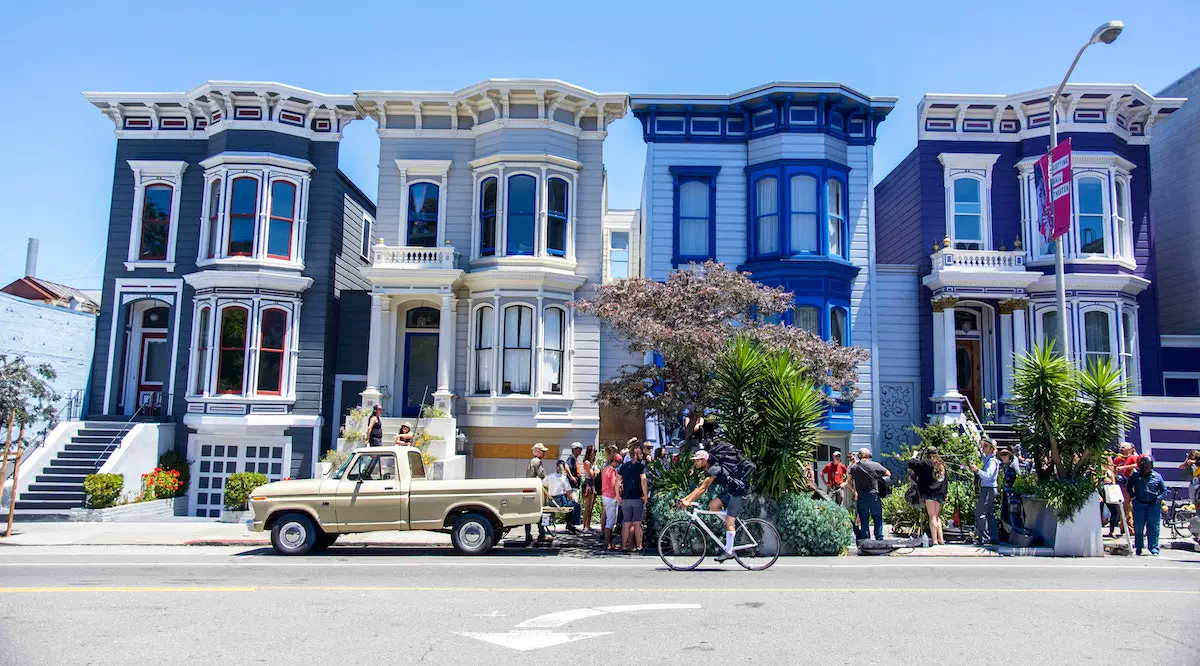For most of us, when we’re walking in the city, the safest place to be is on the pavement or sidewalk. However a new movement in urban street design, called ‘Shared Space’, is challenging this kind of thinking. Shared Space streets aim to reduce the dominance of cars by getting people and vehicles to share the road space. Controversially, this sometimes includes removing kerbs so that there is no physical demarcation between the pavement and the rest of the street. Surprisingly, this risky strategy has arguably made streets safer for pedestrians, with less accidents and slower vehicle speeds. Now the UK government has released official guidance on Shared Space, which not only shows the benefits and problems of the idea, but also attempts to provide advice on how to create high quality Shared Space streets.
Riskier street = safer streets?
The new research examined a range of streets, from traditional streets with kerbs to ‘Shared Surface’ streets, where it is hard to tell where the pavement ends and the carriageway begins, such as New Road in Brighton. The study found that by removing kerbs, vehicle speeds were reduced below 20mph, although the researchers were quick to point out that this was a result of a combination of design measures.
The research team also found that drivers were fourteen times more likely to give-way to pedestrians in shared space streets. This more considerate driver behaviour was attributed to:
- Lower vehicle speeds;
- Removing kerbs;
- More people walking in the carriageway, which is encouraged by shared space design.
These kind of findings bring some much needed evidence to the controversial debate about shared space.
Holistic placemaking
The study also produced guidance on how to design shared space, which should prove useful for the many local governments that are planning schemes to revitalise failing high streets. However throughout the guidance it is stressed that a successful shared space scheme is not just about getting rid of kerbs. The most effective shared space streets combined several different placemaking designs such as high quality materials, street trees and level surfaces. There is not one ‘silver bullet’ that will make a street more walkable, but rather a holistic approach to street design is most likely to achieve the best results.
Does shared space work for everyone?
However ‘Shared Space’ isn’t all good news, a very significant proportion of disabled people find streets without kerbs very difficult to navigate. This was reflected in the research which found that blind and partially sighted people felt more comfortable in traditional streets with pavements and kerbs than shared surface streets. The official guidance tries to address these concerns by encouraging designers to take disabled peoples needs into account and provide ‘comfort zones’ for vulnerable users. However this is unlikely to fully satisfy some groups representing disabled people, who have launched several campaigns against shared space.
So shared space has its benefits and its problems, however with one of London’s most popular streets about to embrace the idea, it seems like the concept is here to stay, whether we like it or not.
Photo: yellow book
Disclosure: In a previous role, Adam Davies, aka Walkonomics, worked on the Department for Transport study on Shared Space.


